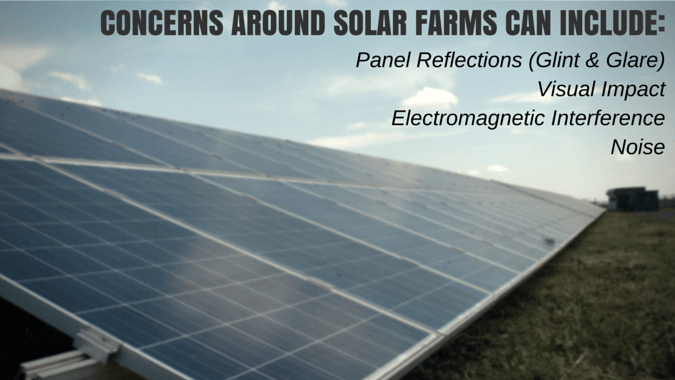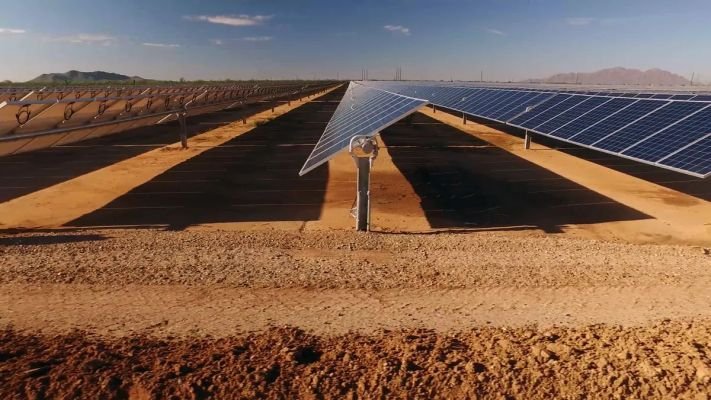Most commercially available solar panels are between 15 per cent and 22 per cent efficient. The efficiency of panels degrades over time as they are exposed to the elements of nature.

High temperatures in tropical regions will cause more rapid degradation, partly because heat induces microscopic cracks that disrupt electricity flow.
A typical panel, assuming 15 per cent efficiency, produces about 900 watt-hour (Wh) of electricity per square metre per day.

The same solar panel will absorb, on average, about 1,800Wh per square metre of heat energy from the sun per day. This means that it absorbs approximately twice the amount of heat energy that it produces in electricity.
This heat energy is mostly dissipated into the environment, giving rise to the urban heat island effect.
When placed together in an array, these panels behave like a huge man-made radiator. Studies done on solar farms in the desert found that they gave rise to new micro-climatic conditions which were more extreme than the surrounding desert.

Large solar installations have the potential to disrupt and exacerbate local weather patterns. This is especially true for any island nation. So before we embark on a solar journey, studies should be conducted on its unintended consequences.
Reference- The Guardian, BBC Weather, Forbes, National Geographic, Straits Times, Researchgate,






